Lesson 006 – Cooling effects of sprays
You need:
Step 1: iTriangle MASTER online, aerosol, chloraethyl spray, local anesthetic in spray, volatile liquid, water-resistant thermometer
Step 2: iTriangle MASTER online, aerosol, chloraethyl spray, local anesthetic in spray, volatile liquid, water-resistant thermometer, 2 in 1 temperature and humidity sensor, buzzer
|
|
|
|
|
| Buzzer | Waterproof thermometer | 2 in 1 sensor – temperature and humidity |
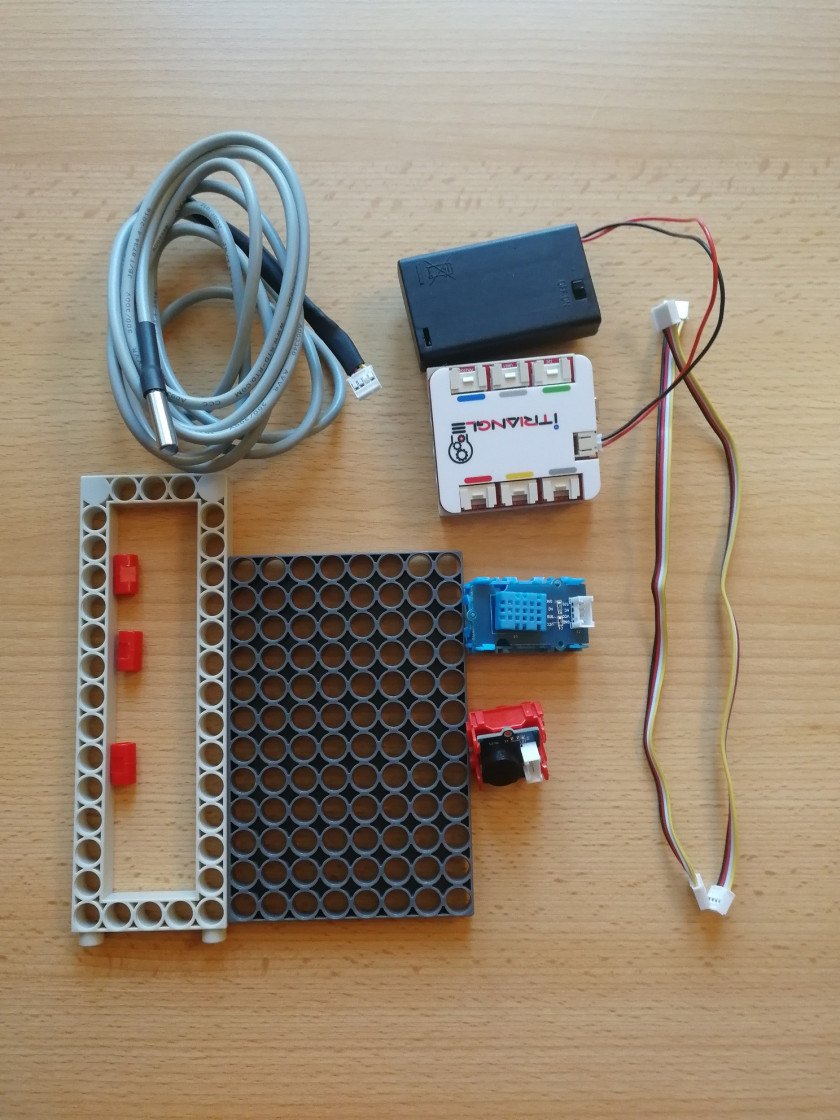
Introduction:
A spray (aerosol dispenser) is used to dispense liquid substances as small particles dispersed in gas (aerosol). With a given volume of liquid, its surface area and hence rate of evaporation will increase (the larger the area, the faster the evaporation). Evaporation intensity is also increased by the presence of volatile liquids used as propellant in the spray. The aerosol removes heat from its surroundings, resulting in rapid temperature drops.
Chloraethyl spray can, for example, reduce surface temperatures to below -50 °C. Common sprays can achieve -5 °C with continuous application (20 to 25 seconds). Medical grade sprays can achieve deep, below zero temperatures in under seven seconds.
Task:
Cool the metal rod of the water-resistant thermometer to below 0 °C. Rapid evaporation of aerosol (spray) applied directly to the rod makes this possible.
Tutorial:
Step 1:
- Construct a simple stand with iTriangle online and connect the sensors and components as pictured below. Connect iTriangle online and upgrade its firmware by following these steps.
- Apply spray to the metal tip of the waterproof thermometer in two different ways:
- First, spray continuously for seven to eight seconds
- Second, spray repeatedly in short intervals of one or two seconds
- Start the graphical measurements.
- After each application, the temperature should start decreasing. When it starts increasing, you can stop measuring. In both measurements, compare the differences in how quickly the temperature changes.
- Now it's time to make your own observations according to the graphs you created. Which situation shows a more rapid fall in temperature? Is it the first when you spray for a longer time, or the second when you spray more often for shorter times?
Answer: when is the spray applied for a longer time, the temperature falls more quickly. The reason is that the spray does not have chance to evaporate quickly enough while more of the spray is applied. When is the spray applied repetitively for shorter times, the temperature falls in steps. This is because the spray can evaporate between each application, giving the surface of the rod time to absorb heat from the surroundings.
Step 2:
- Re-use the stand from the previous step.
- Apply the spray to the metal tip of the thermometer.
- Start the program.
- The following two situations can occur:
- If the temperature of the environment is higher than the temperature measured by the waterproof thermometer, the buzzer will produce a short tone.
- If the temperature of the environment is lower than the temperature measured by the waterproof thermometer, the buzzer will produce a long tone.
- With the measurements from above, we can find the difference between the change in temperature of the waterproof thermometer relative to the temperature of the environment.
The program will measure ten times before stopping.
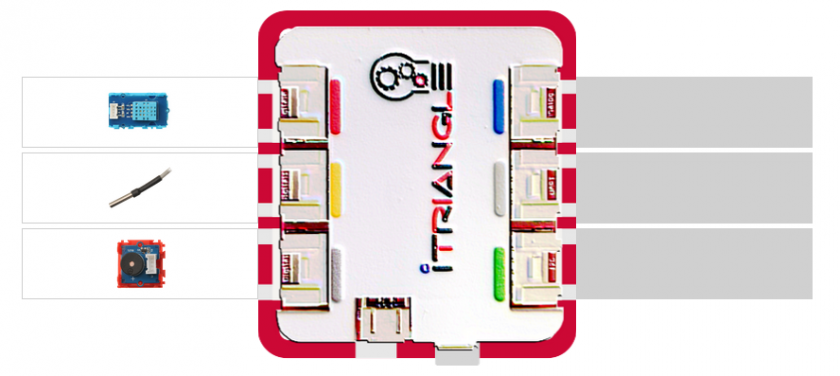
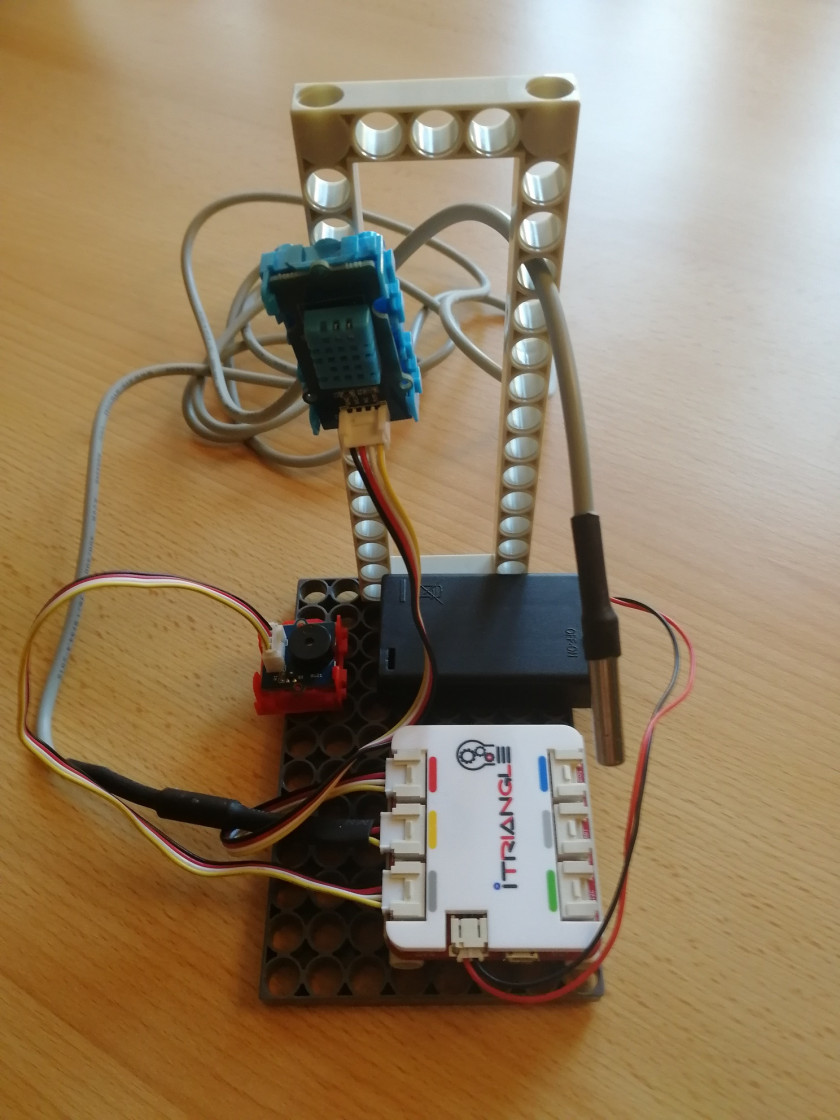

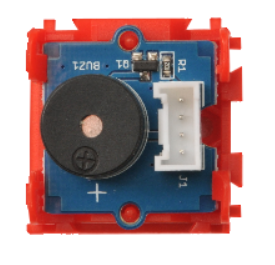
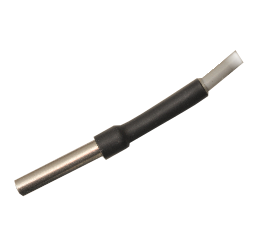
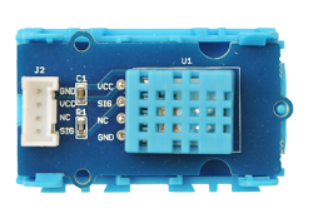
Žádné komentáře